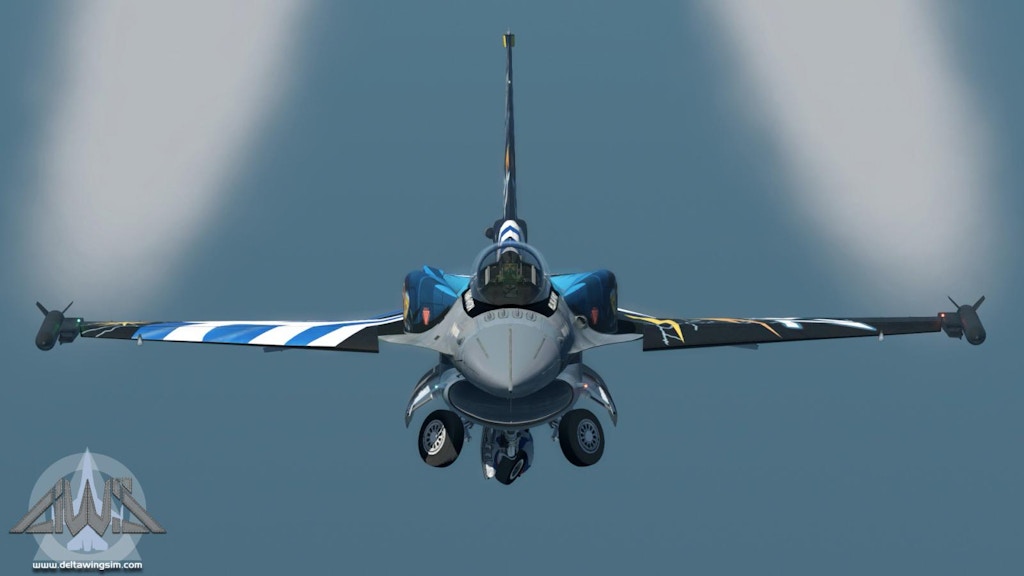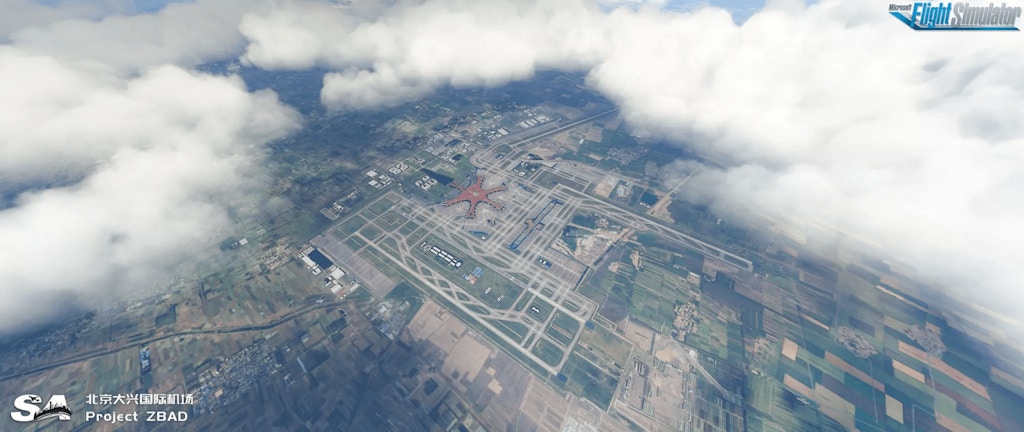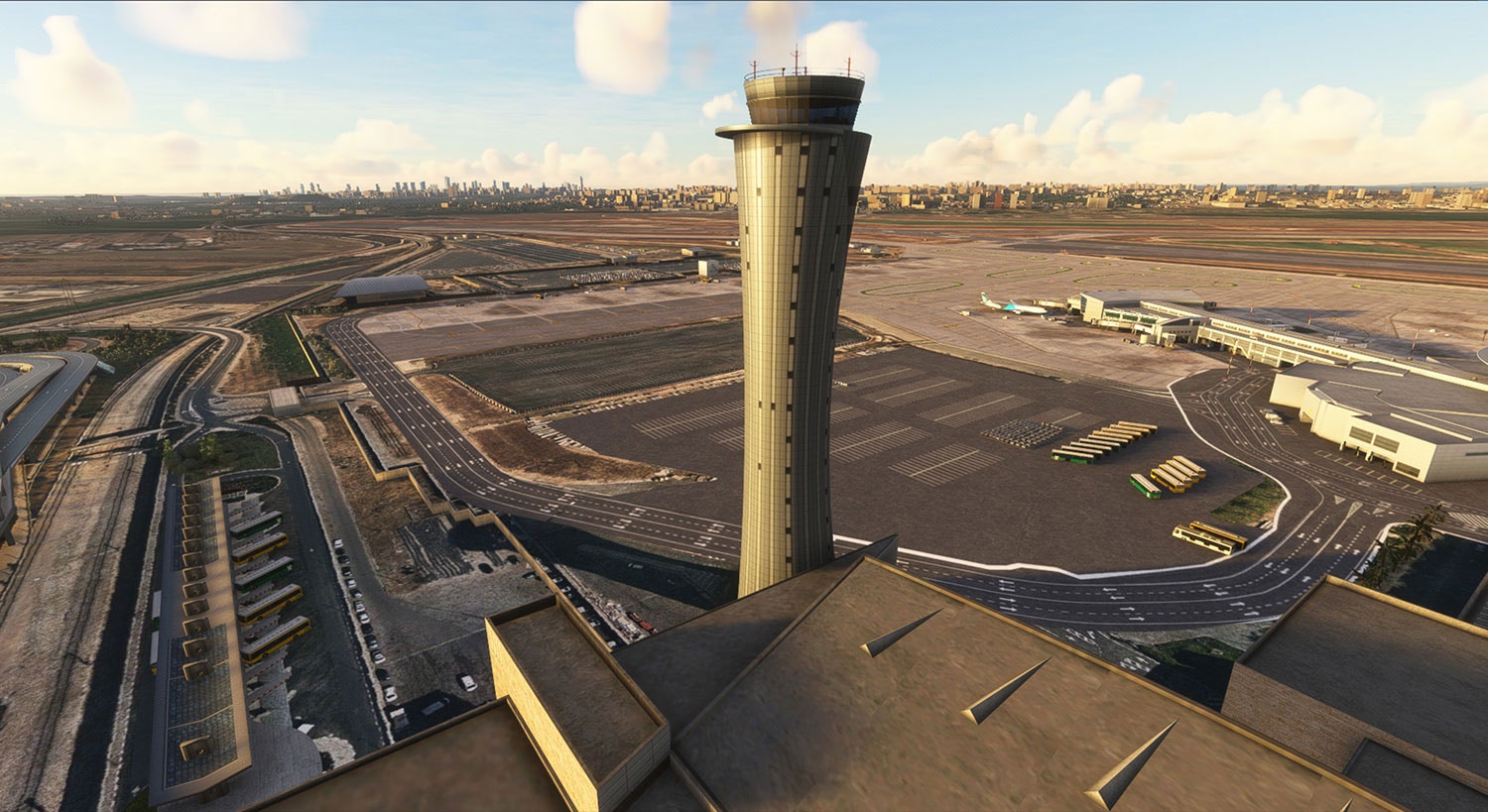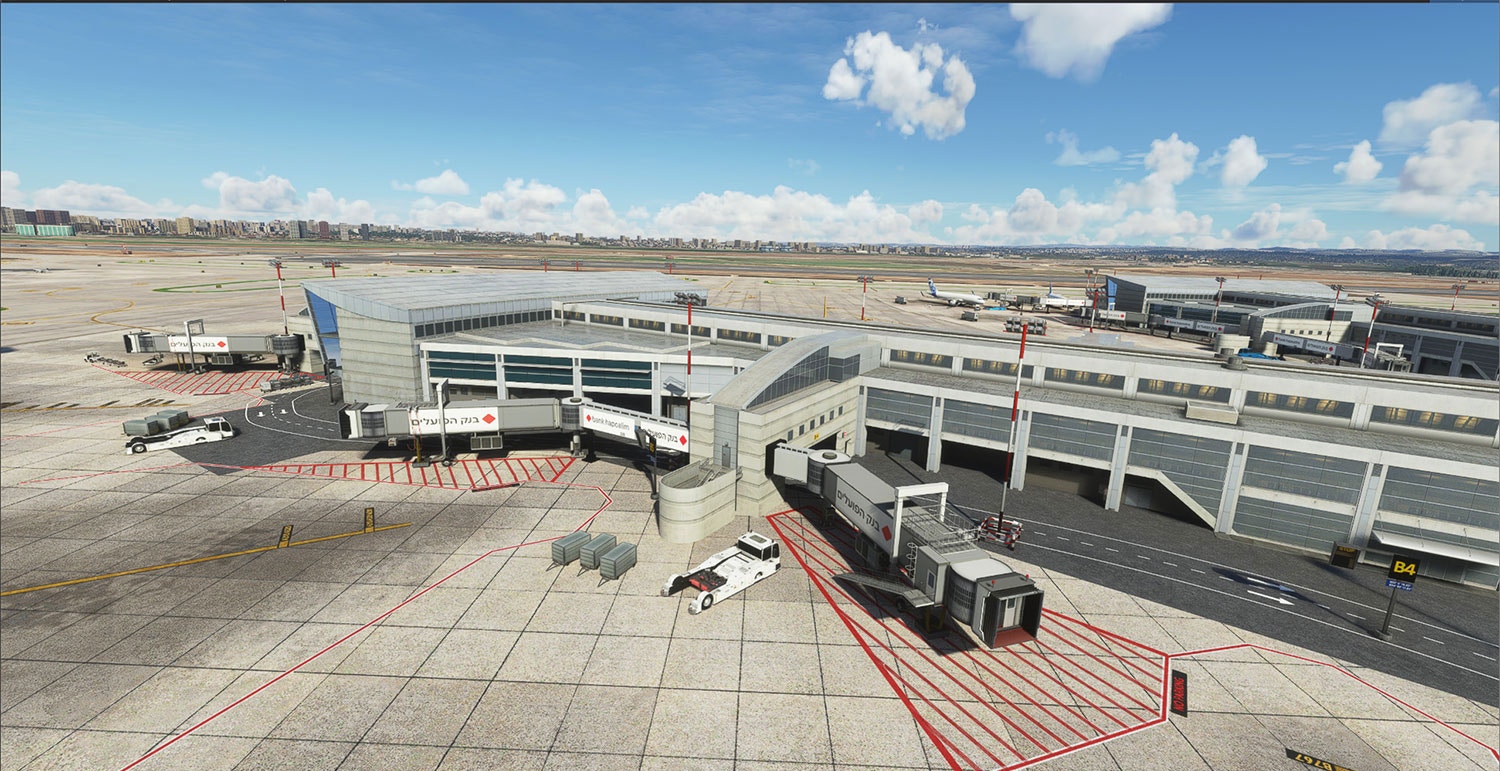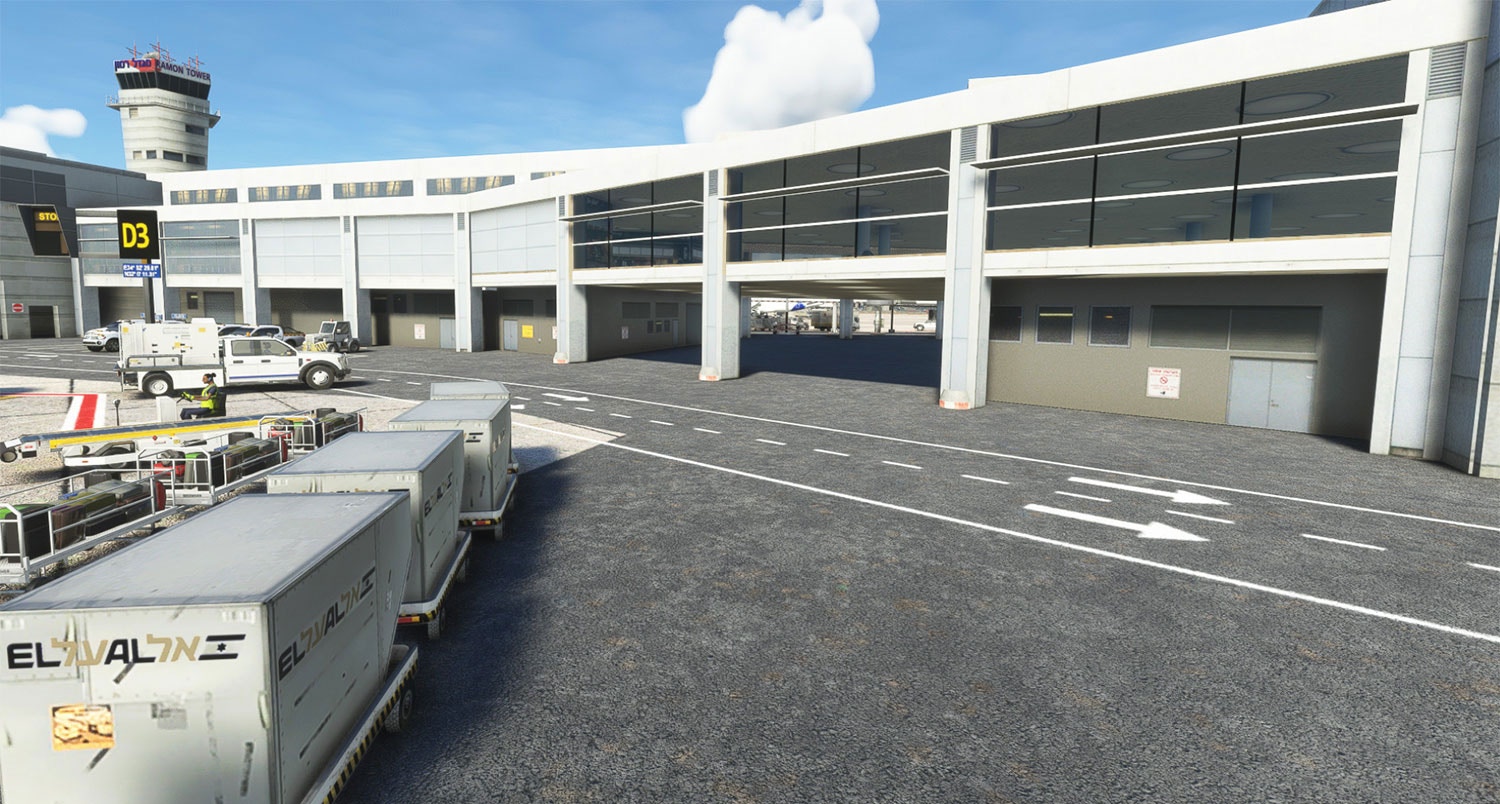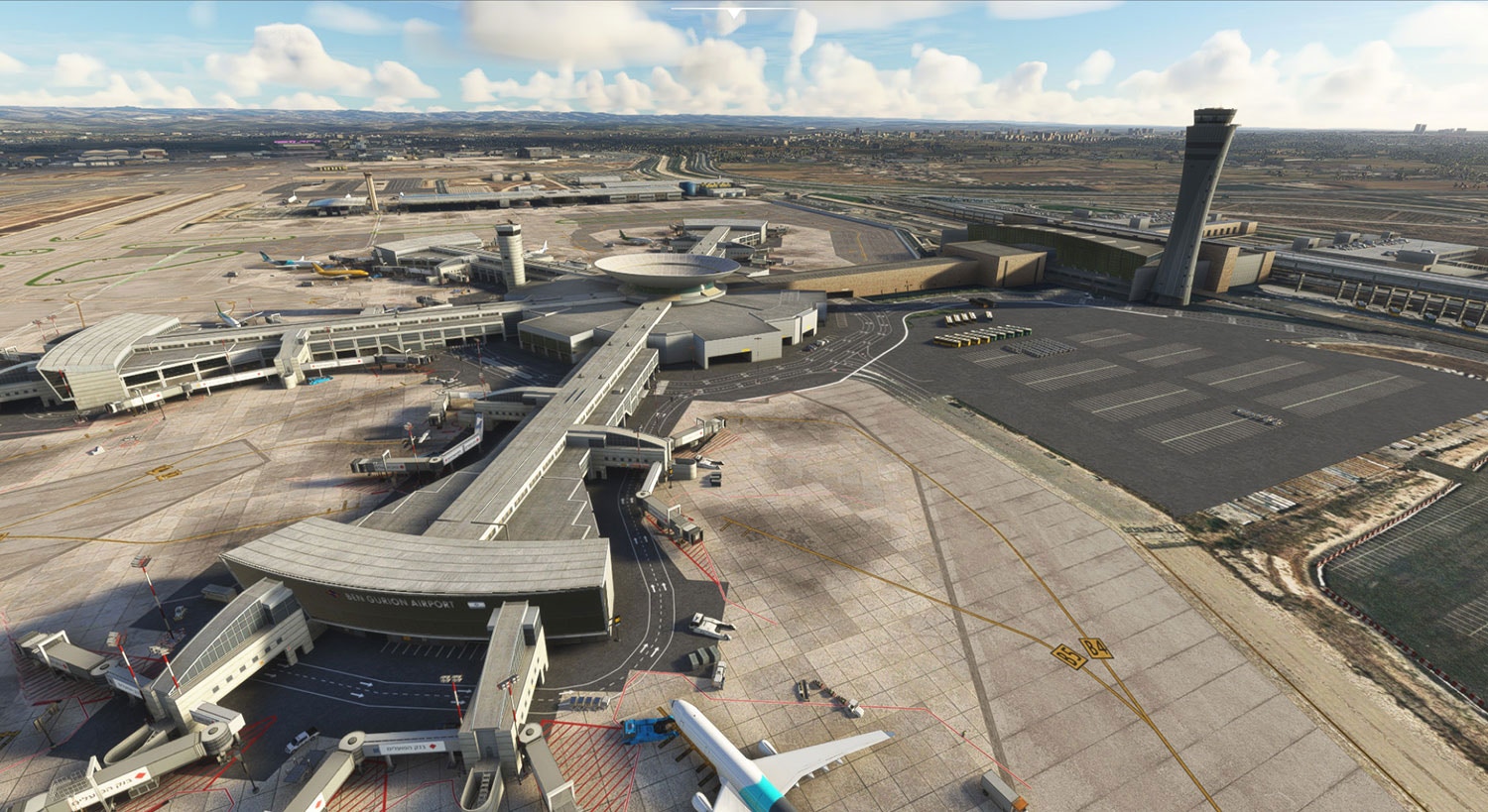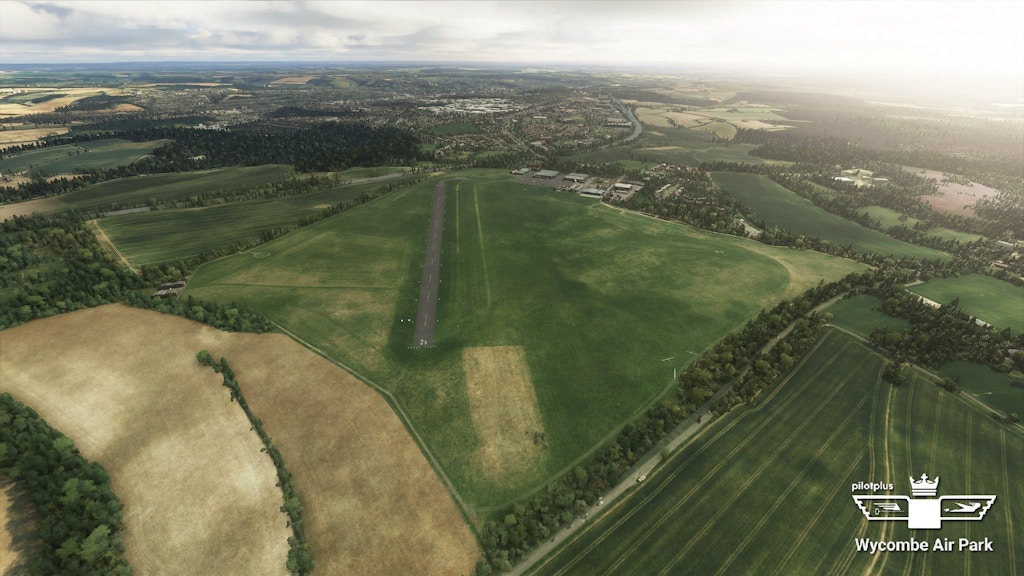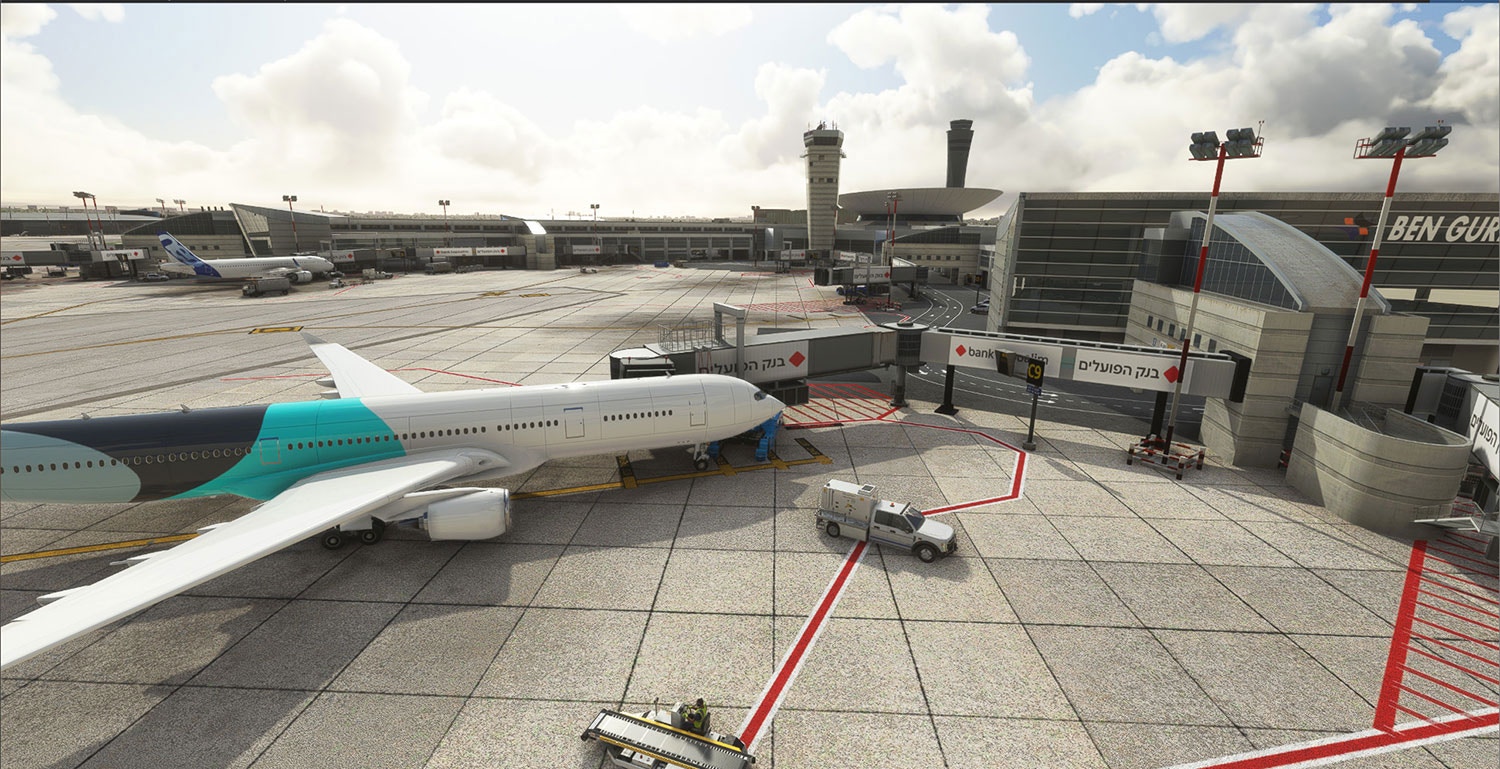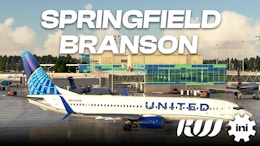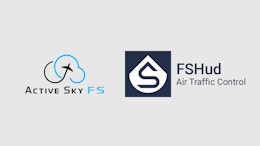The Aerosoft Twin Otter for Microsoft Flight Simulator is no doubt one of those aircraft that many were highly anticipating. It’s an aircraft that is renowned for being able to travel all parts of the world thanks to its tough landing gear and great reliability. Its powerful twin turboprop engines also help qualify the aircraft to perform short take-offs and landings pretty much anywhere in the world. In short, this is the perfect aircraft for Microsoft Flight Simulator and its breathtaking world.
So why do I feel so underwhelmed at the moment with the Twin Otter from Aerosoft?
A little bit of background and context for you all. Aerosoft sent pre-release copies to press and streamers a few weeks ago. We were fortunate enough to get a pre-release copy of the Twin Otter in order to form an early impression to then deliver that to the community. Most of the functionality and feature-set was good to go based on the communication we received, other than a few areas that needed a bit of polish before the plane was scheduled to release publicly. For reference, those issues were with an incomplete manual (which is now complete), some missing animations and finally some missing sound effects. But more on those caveats in a moment.
As such, I’ve had plenty of time in the Twotter, discovering areas of the world I wouldn’t normally find myself in.
With version 1.0.0 out the door and firmly in simmers hands, I feel comfortable now sharing my first impressions. This isn’t a full review (I personally feel you need to spend time with a product in order to form a true review), but something mid-way to help inform the community about the plane.
It’s no secret that the Twin Otter is a highly sought after product for the new simulator. After all, this sim was designed to be the ultimate tool for adventure. The Twin Otter itself was designed specifically for more challenging missions in the world, which is what makes taking the plane out so much fun.
To start with parts of the aircraft I really enjoyed. I personally feel that the 3D modelling and external texturing looks excellent. There’s a clear amount of detail that has gone into creating a great looking model. There’s a lot of attention in areas such as around the engines, the gear and wings that really take advantage of the simulator’s graphical engine. Regardless of the time of day, the way the light bounces off of the fuselage is really impressive and a joy to look at.
It’s also a general joy to fly. You can power up the plane, take off from almost anywhere and effortlessly discover the world below you. It’s a smooth flying experience and using the autopilot is fairly straightforward. It’s not a complex aircraft to learn and as such is a great entry point for all kinds of simmers looking to try something a bit bigger and different. It does use the default GPS system, meaning if you’re familiar with it you can quickly dive in and set up a route so you can focus on flying.
Flying the aircraft is pretty fun. It’s powerful enough to quickly get into the air from all kinds of terrain and it’s easy enough to pick up and fly without thinking too much. With that said, there are a number of aspects about the plane that leaves me feeling extremely underwhelmed.
My biggest complaint so far is with the sound package included. Aerosoft says that there are nearly 300 spatially placed sounds included with the aircraft. Let’s quickly dissect what that means. In summary, this should be an immersive audio mix that replicates the feeling of you physically being there. So for example, if you press a switch and it’s on your left side (virtually), you should hear it from your left ear. This applies in a 3D space to give a truly immersive experience. You should ideally wear headphones to get the full effect, but stereo speakers can also give you some benefits and differences too. If you want to understand what spatially placed sounds is, this short virtual video is perfect.
But despite this promise, spatially placed sounds appear to be mostly absent from the current build. There are some examples of it working when the engines are powered and you pan left and right. But if you go into the cabin and go from front to back, it’s the same noise regardless of where you are at the front or rear of the plane. I will admit opening the door does change the audio nicely.
That’s not to say it’s a deal-breaker, but the sound dilemma goes beyond some cool immersion effects.
The biggest issue, for me at least, is how poorly tuned the sounds are for the engines. When at idle, the engine rattle and clank along at a nice rate. The actual sounds come across quite nice, but the issues start when you begin moving the throttle. If I move the throttle from idle to 30-40%, there’s absolutely no change in pitch, despite the obvious increase in RPM from the two giant turboprops on either side of you. Once the throttle is at 50%, the sound effect will drastically jump to something more akin to the higher RPM and more thrust being produced by the twin. Advancing it further from 50% to about 80% will yield the same sounds until you go above that threshold and you then get the Twin Otter at its loudest and more powerful.
It is just so jarring and intrusive on the ears it completely ruins the immersion.
[playerjs file=”https://vz-fb8ac303-086.b-cdn.net/dd6369af-52a9-42d9-8174-d05fe10ae493/playlist.m3u8″ poster=”https://vz-fb8ac303-086.b-cdn.net/dd6369af-52a9-42d9-8174-d05fe10ae493/thumbnail.jpg”]
The above are various examples of the sound issue being described.
It’s even more obvious when you are about to take off or complete a go-around when you’d advance the throttle faster than my initial example. There’s no smooth transition of engine sounds and instead, you get a sound byte from each of the three stages as the engines power up.
As mentioned, I had the pre-release build for a few weeks beforehand. I had some other sound issues (no longer there), but was told that sound effects were missing. I’m unsure if those missing sound effects were added to the current build (1.0.0), but I can safely say that there are certainly issues with the soundscape. Before I’m told this is likely just my case as 100s of testers never reported the issues before, I’m looking at the forums and see thread after thread, after thread, after thread, after thread (you get the idea) about issues with the sound. Looks like it isn’t just me after all.
Continuing on with my issues with the sound package, there are simply missing sounds altogether. There’s no landing gear sound effect in the amphibious model and splashing down in water has no sound effects either. Things like this make it come across as a rushed release. My final complaint is there are seemingly random sound effects such as the flap retraction sound plays from time to time.
Another element that is broken or not implemented fully is the built-in Microsoft Flight Simulator checklist. It’s listed on the product page for the Twin Otter, and whilst there are items there, it’s not actually properly built. For example, the checklist is there, along with the ability to check the boxes. But the most vital element for anyone learning the plane is mostly broken. I’m talking about the ability to click on the ‘eye’ icon to see exactly where a specific component is. I ran through all of the built-in checklists and found only some of the switches on the overhead panel (such as the beacon lights) actually functioned as expected. For many of you reading this article, this might be a fairly moot point as you will have experience with the Twin Otter or be familiar with the concept of these types of planes. But for someone who is new, inexperienced, or just wants to advance their learning, this is a major blow. I’m aware of the complex nature of programming these checklists, but I think it’s also fair to not list them on the product page unless they are correct.
I’m not entirely sure what is happening in this case, as after checking the forums, the official line is “only works for switches that have an instrument assigned.” This is peculiar to me as other aircraft have checklist items that pan you to almost anything in the cockpit, including the yoke, dials and individual indicators within the PFD. Regardless of the reason, it’s unfortunate that kind of information isn’t more accessible or listed in the manual as a known limitation.
Whilst I don’t want to come across as super negative since these are still just an early impression, there are a few other points I feel could be improved upon. The first is the wear and tear situation in the cockpit. There’s a weird mix of textures that look visibly worn and used, while other parts look fresh and clean. The main part of the central panel looks almost like it’s never been used. There are some scratches and signs of wear here and there, but for the most part, it looks well kept. Yet, other parts of the cockpit look battered, dirty and uncared for; how I would expect these old planes to look and feel. This is fairly subjective, but for me, it gives a slightly cartoony impression that distracts from other areas that feel realistic thanks to the great use of PBR and materials texturing. Overall, however, I really like the modelling inside the cockpit. It comes across next-level compared to the older Twin Otter and the team here have made even the smallest details easy to read and distinguishable.
Whilst there are some major complaints so far with the plane, I feel it’s only fair to also look at some of the great benefits the product also has. I strongly believe that for less than 30 Euros, you’re getting a really great value package. It wouldn’t be amiss for other developers to potentially charge for one or two models included and then release more afterwards. However, Aerosoft has really provided great value for money with the Twin Otter. The inclusion of the tundra wheels, ski and float variants, along with cargo/passenger cabins gives you limitless possibilities. The fact that there is also a variant dedicated to passenger parachuting, along with the animated door, is also really cool. It really takes advantage of the Microsoft Flight Simulator ‘land anywhere’ feature and will keep people engaged for a long time. It’s also the perfect aircraft for group flights thanks to its relative ease to fly, powerful engines and pick-up-and-fly capabilities. The value for money prospect is unbeatable and Aerosoft have really delivered on this front.
Some may read this and consider the idea that I’m being overly critical and that the plane will inevitably get updates to fix these teething issues. I have no doubt Aerosoft will take time to address some of the issues and update the plane. What is frustrating is the fact some of these immersion-killing factors made it past Aerosoft’s QA. It’s even more frustrating that despite the fact feedback is given to the teams on numerous occasions, it kind of fell on deaf ears (ironically). Perhaps for some, the problems I’ve described won’t have an impact on your enjoyment, but if you’re a bit of an audiophile like myself, you may want to wait until these issues are fixed.
In its current state, the Twin Otter from Aerosoft feels like it was released to meet the deadline of January 19th. It’s a disappointment that quality of life elements are missing from the product and the sound effects are completely immersion-breaking. The Twin Otter really has a lot of potential to be a fun, engaging and immersive aircraft providing the glaring issues are resolved in a timely manner. The sheer number of options and flying opportunities this one package has keeps me interested, but a few updates to address these issues would go a long way to removing that underwhelming sensation I currently have with the Twin Otter.
You can buy the Aerosoft Aircraft Twin Otter from Aerosoft for 29.95 Euro (plus taxes). Aerosoft provided FSElite with a copy of the product for the purposes of content creation.

